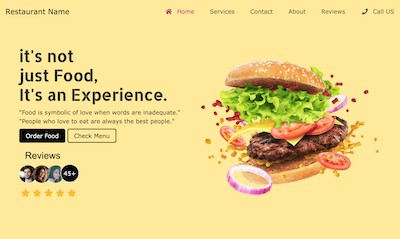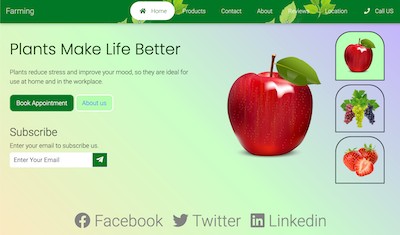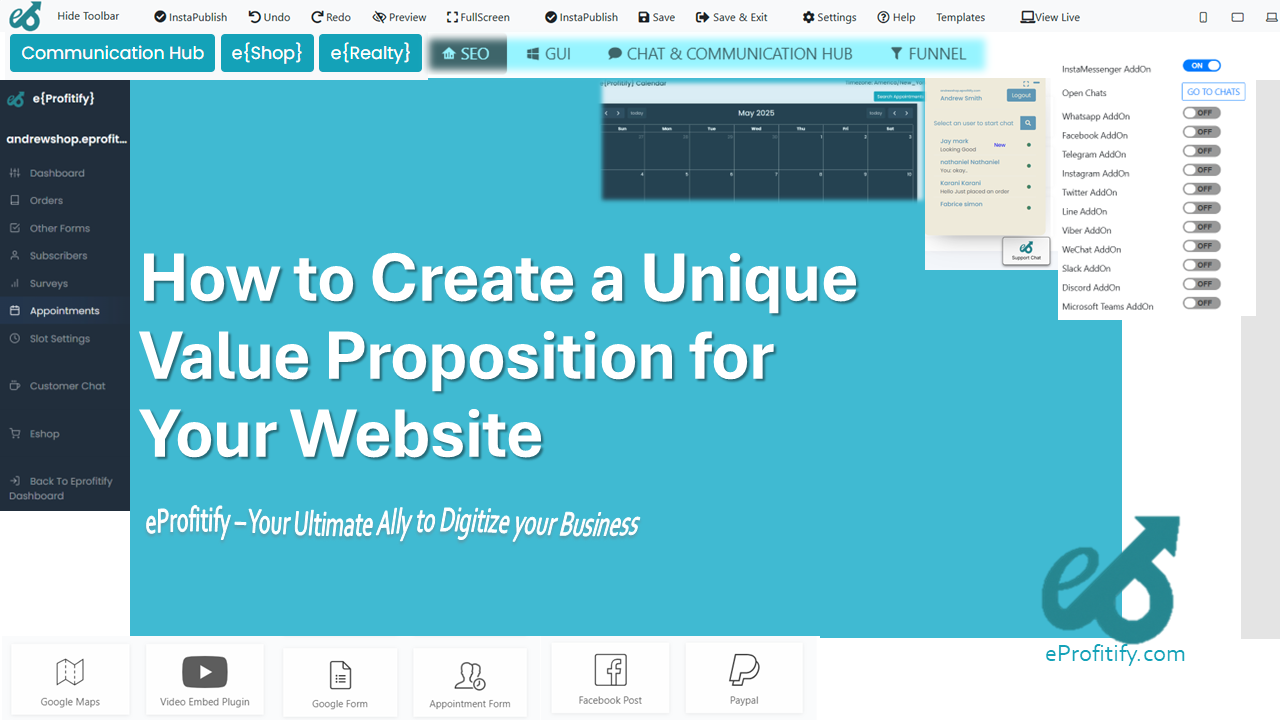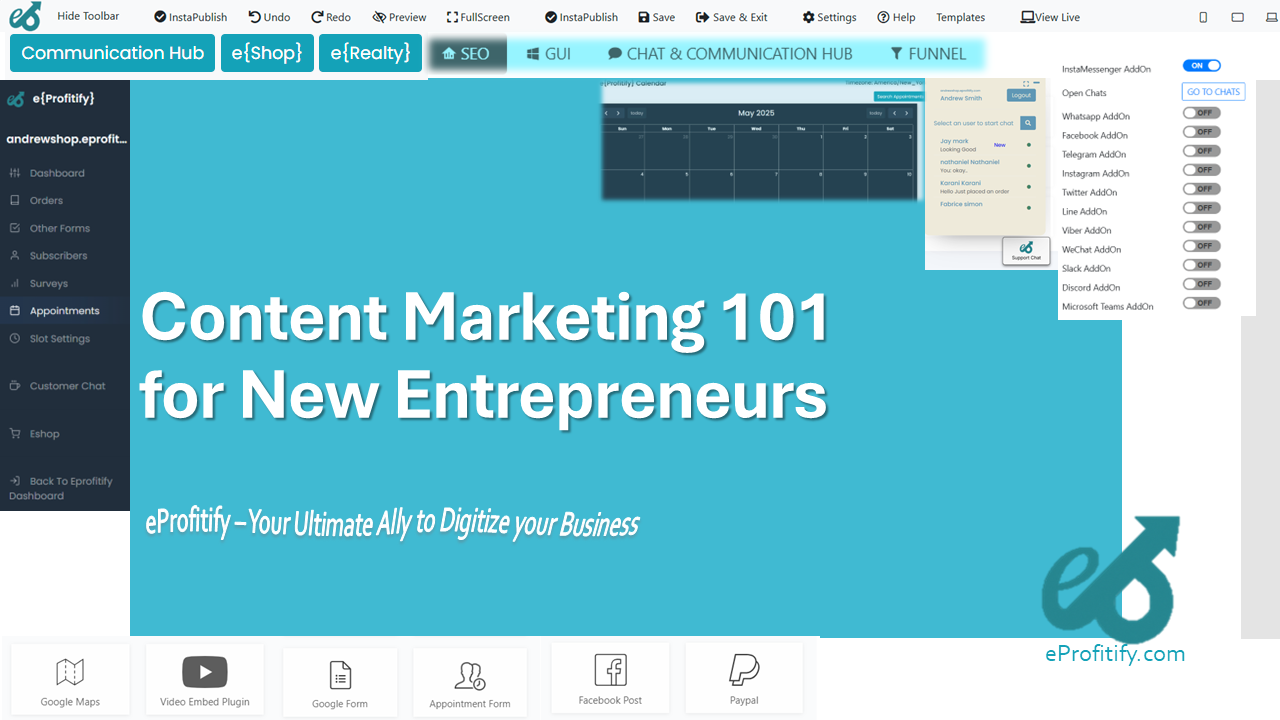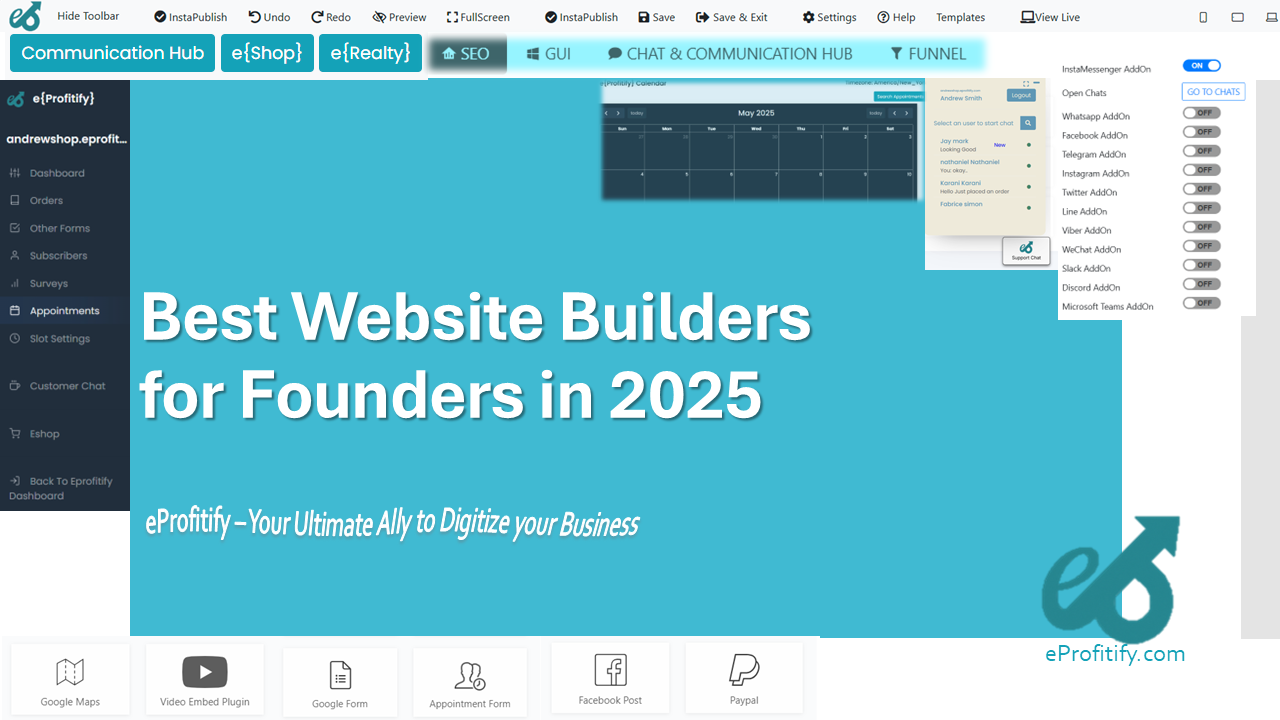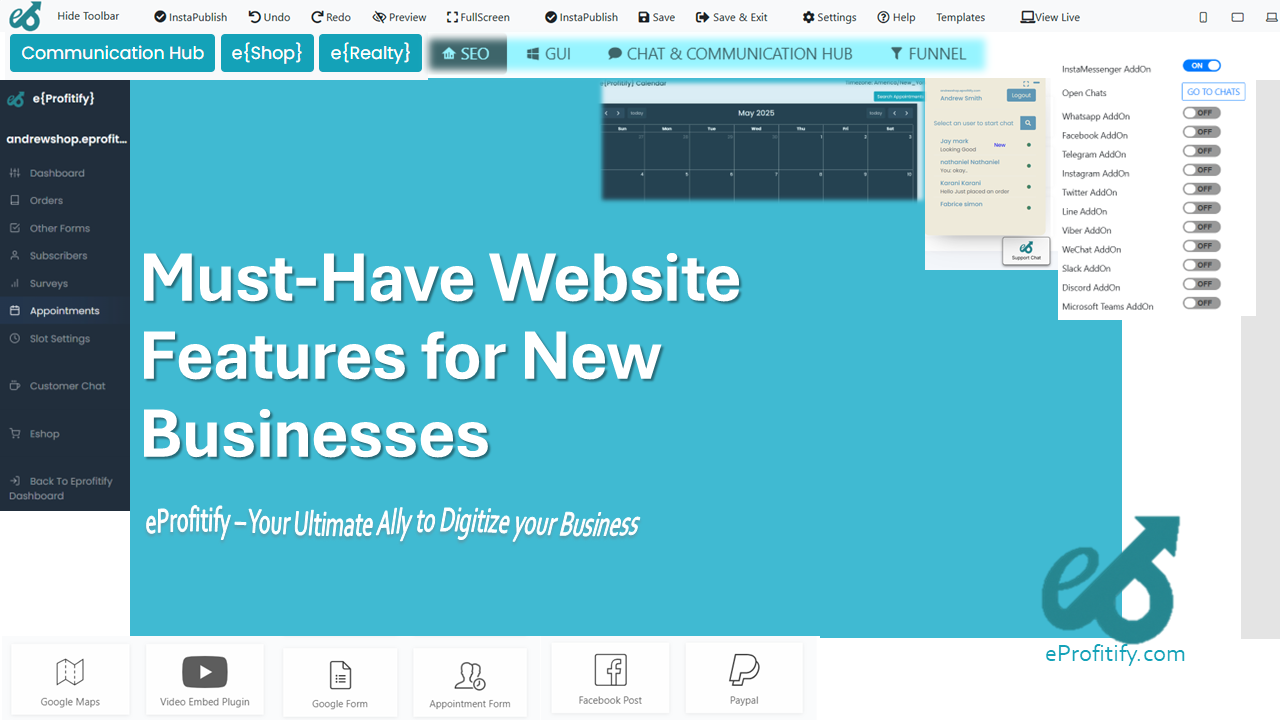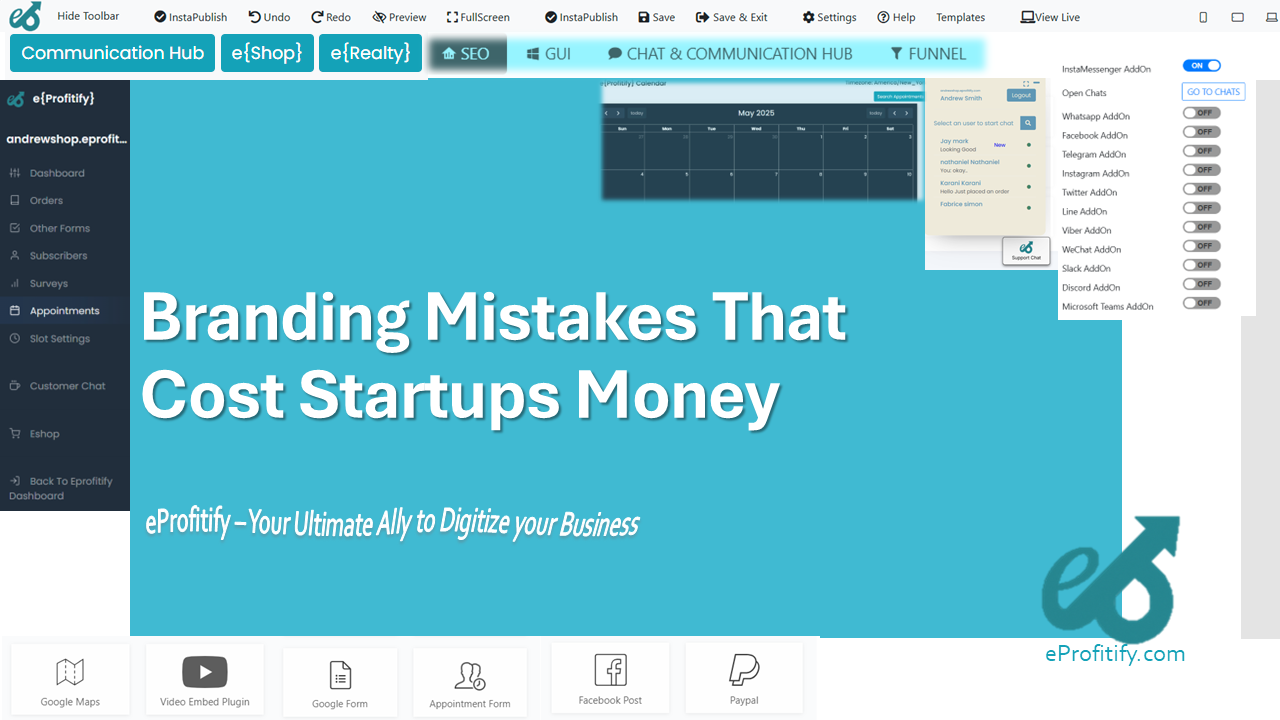Why Blogging Is Essential for Restaurant Marketing
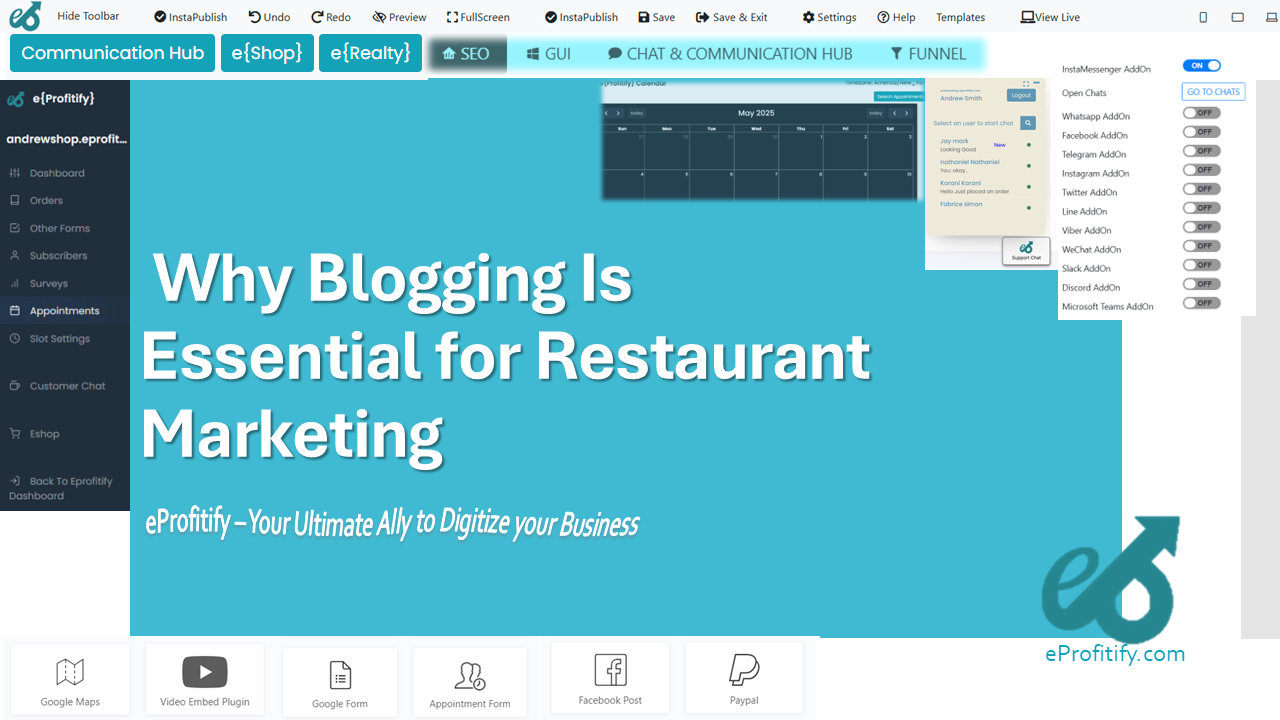
Why Blogging Is Essential for Restaurant Marketing
In today’s digital-first world, restaurants must innovate to stand out. While social media and online ads dominate conversations, blogging remains a powerhouse for driving engagement, loyalty, and revenue. This article explores why blogging is indispensable for restaurant marketing, supported by statistics, and highlights how eProfitify—a leading website publishing and management tool—simplifies the process with its cutting-edge features.
1. Enhances SEO and Online Visibility
Search engine optimization (SEO) is critical for restaurants, as 97% of consumers search online for local businesses, including restaurants, before visiting (BrightLocal). Blogging boosts SEO by generating fresh, keyword-rich content that aligns with what diners search for. For example, articles like “Best Vegan Dishes in [City]” or “Weekend Brunch Specials” target high-intent keywords, improving search rankings.
- Statistic: Websites with blogs have 434% more indexed pages than those without, leading to 55% more visitors (HubSpot).
- Google prioritizes fresh content, and restaurants that blog consistently are 13x more likely to achieve positive ROI (Demand Metric).
eProfitify Integration: The platform’s SEO tools help optimize blog content, while its analytics dashboard tracks keyword performance, ensuring your restaurant stays visible.
2. Builds Customer Relationships and Loyalty
Blogs humanize your brand by sharing behind-the-scenes stories, chef profiles, or sustainability efforts, fostering emotional connections. Engaging content keeps customers returning, with 82% of consumers feeling more positive about a company after reading custom content (Content Marketing Institute).
- Statistic: 61% of U.S. consumers have made purchases based on blog recommendations (Demand Gen Report).
- Personalized content increases brand loyalty by 74% (SmarterHQ).
eProfitify’s CRM: Segment audiences based on dining preferences and tailor blog content (e.g., vegan recipes for health-conscious diners). Instant messaging allows real-time engagement with readers, answering questions or promoting new posts directly.
3. Showcases Expertise and Menu Innovation
Blogs let restaurants highlight culinary expertise. Share recipes, cooking tips, or the origin of seasonal ingredients to position your team as industry leaders. For instance, a post titled “The Art of Crafting Authentic Neapolitan Pizza” educates diners while showcasing your kitchen’s skill.
- Statistic: 70% of consumers prefer learning about brands through articles over ads (Contently).
- 80% of diners say unique menu items influence their restaurant choices (Toast).
eProfitify’s Ecommerce Tools: Link blog content to online ordering. A post about a new truffle menu can include a “Pre-Order Now” button, turning inspiration into sales.
4. Promotes Events and Specials
Limited-time offers, holiday menus, or live music nights get lost in fleeting social posts. Blogs provide a permanent hub for event details, driving anticipation and attendance.
- Statistic: Restaurants using blogs to promote events see a 30% increase in attendance (Eventbrite).
- Email campaigns with blog content generate 3x more registrations than standalone promotions (HubSpot).
eProfitify’s Appointment Management: Embed reservation widgets within blog posts. For example, a “Valentine’s Dinner Guide” can include a direct booking link, streamlining conversions.
5. Cost-Effective Marketing Strategy
Blogging is affordable compared to paid ads. A well-optimized post attracts organic traffic for years, offering long-term ROI.
- Statistic: Content marketing costs 62% less than traditional marketing but generates 3x more leads (Demand Metric).
- Small businesses with blogs get 126% more lead growth than those without (Impact).
eProfitify’s Analytics: Track which posts drive traffic and sales, allowing strategic budget allocation.
6. Addresses FAQs and Reduces Workload
Blogs answer common questions (e.g., “Gluten-Free Options” or “Parking Tips”), reducing repetitive customer inquiries.
- Statistic: 64% of customers prefer self-service options like blogs for quick answers (Zendesk).
eProfitify’s Instant Messaging: Integrate chatbots to guide readers from blog FAQs to reservations, enhancing convenience.
How eProfitify Empowers Restaurant Blogging
eProfitify streamlines content creation and management, offering:
- SEO Optimization Tools: Improve search rankings with keyword suggestions and meta tags.
- CRM Integration: Personalize content based on customer preferences and order history.
- Appointment Management: Embed booking links directly into event-related posts.
- Ecommerce Solutions: Convert blog readers into diners with seamless online ordering.
- Multichannel Publishing: Share posts across social media, email newsletters, and Google My Business.
Conclusion
Blogging isn’t just a marketing tactic—it’s a growth engine for restaurants. From boosting SEO to building loyalty, it offers unmatched ROI. Platforms like eProfitify elevate these efforts by integrating blogging with CRM, appointment scheduling, and analytics, ensuring your content works harder for your business. In an industry where margins are tight and competition is fierce, blogging—powered by the right tools—is no longer optional. It’s essential.
By leveraging eProfitify, restaurants can transform their blogs into dynamic hubs that drive traffic, engagement, and long-term success.
